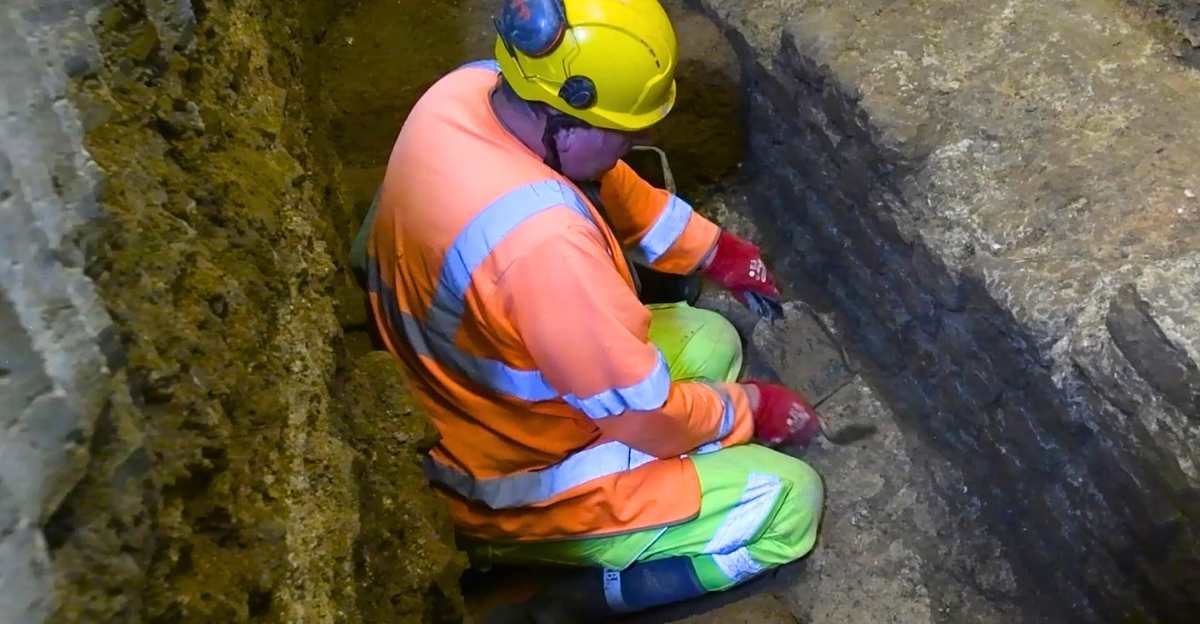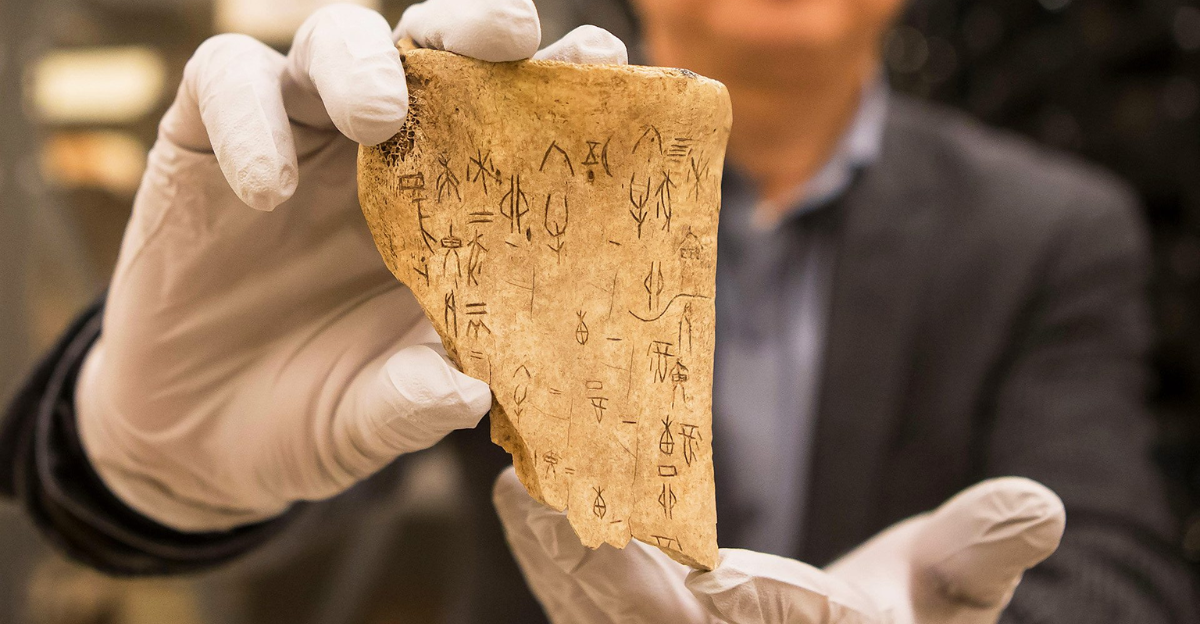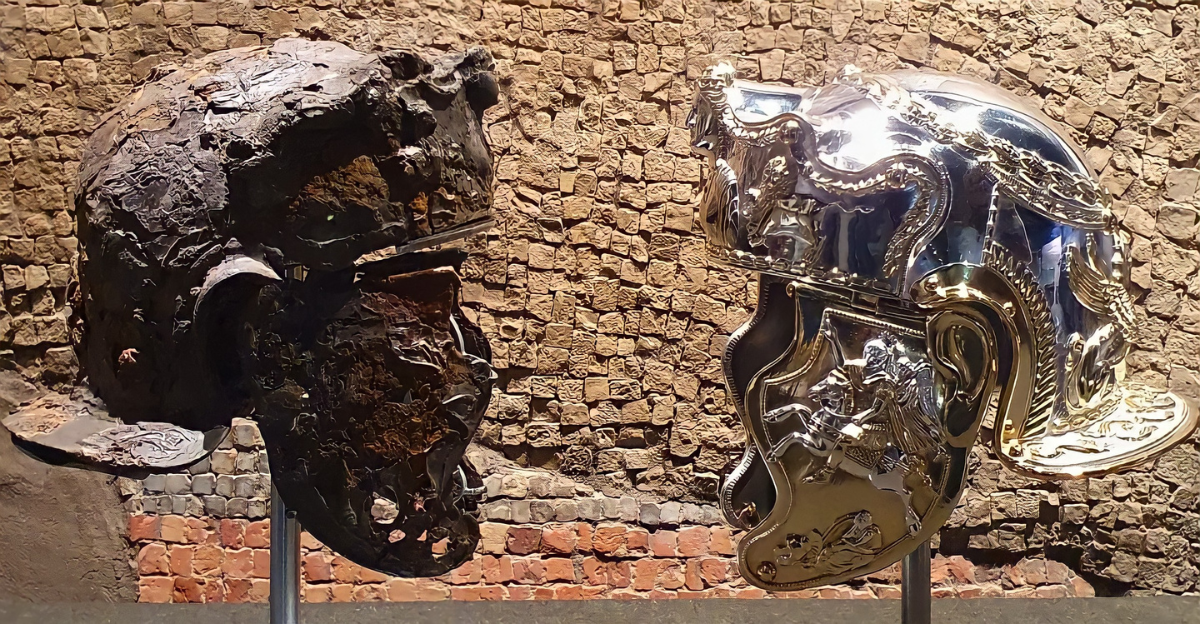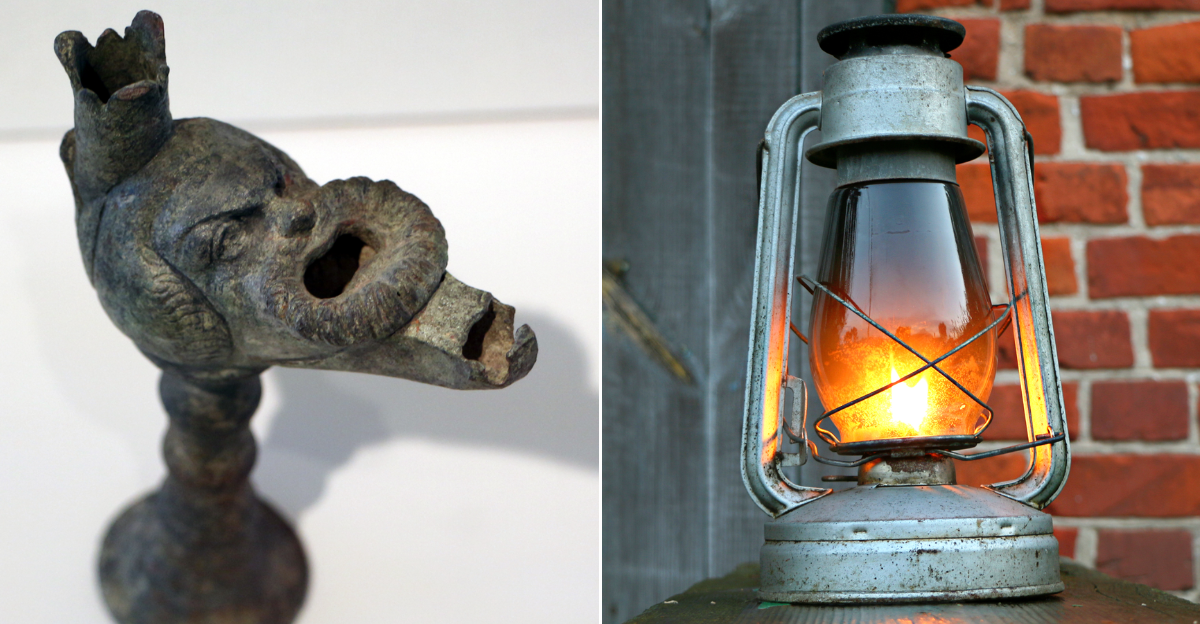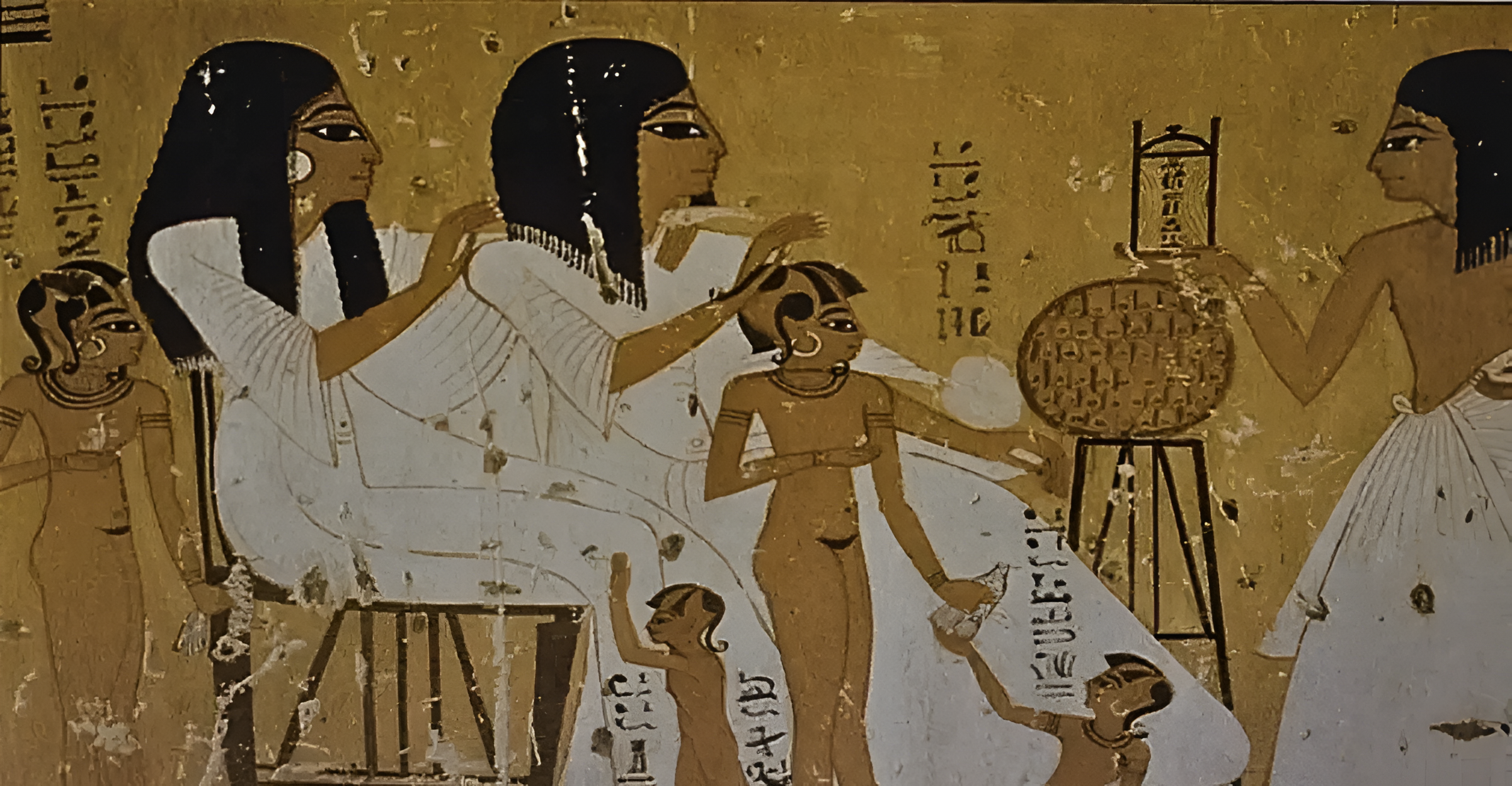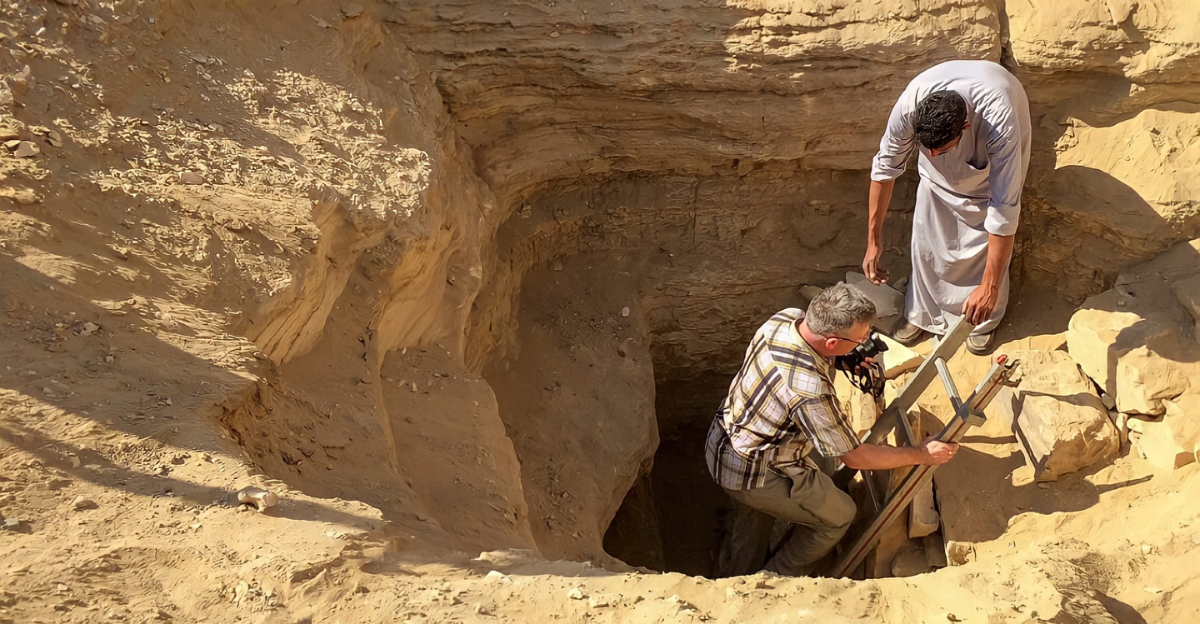
Peru is long known for being the home to some amazing historical sites and archeological wonders. Over the years, many important historical finds have uncovered a lot of information about the ancient cultures that lived there, including the Incas and the Moche.
However, a recent find by archeologists dating back 4000-5000 years may hint at a civilization even older than both of them! Let’s take a deeper look at this amazing discovery, and see what it reveals about a mystical ancient culture.
The Find
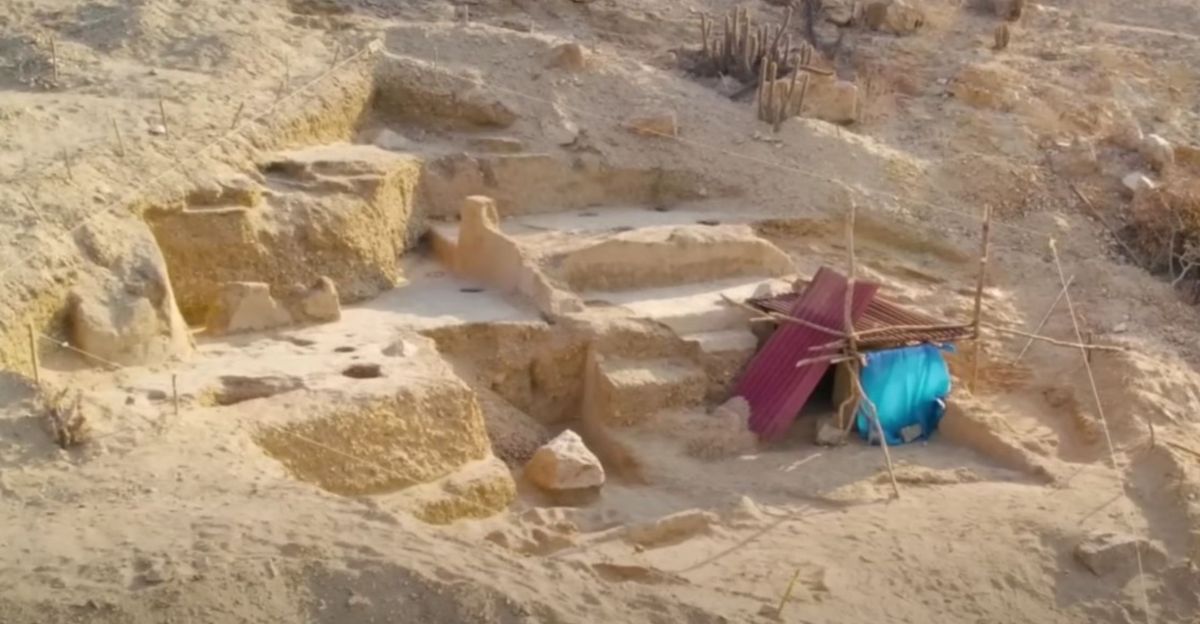
North-western Peru, a part of Earth that’s as beautiful as it is mystical. According to locals, the site was found when reports of looting going on in the area were reported to the authorities. Soon afterward, the director of the Cultural Landscapes Archaeological Project of Ucupe, Luis Armando Muro Ynoñán, decided to investigate the discovery.
What he found there amazed him, and is still bringing up a lot of new questions about the kind of civilizations that existed in South America, all those centuries ago.
A Mysterious Puzzle Piece
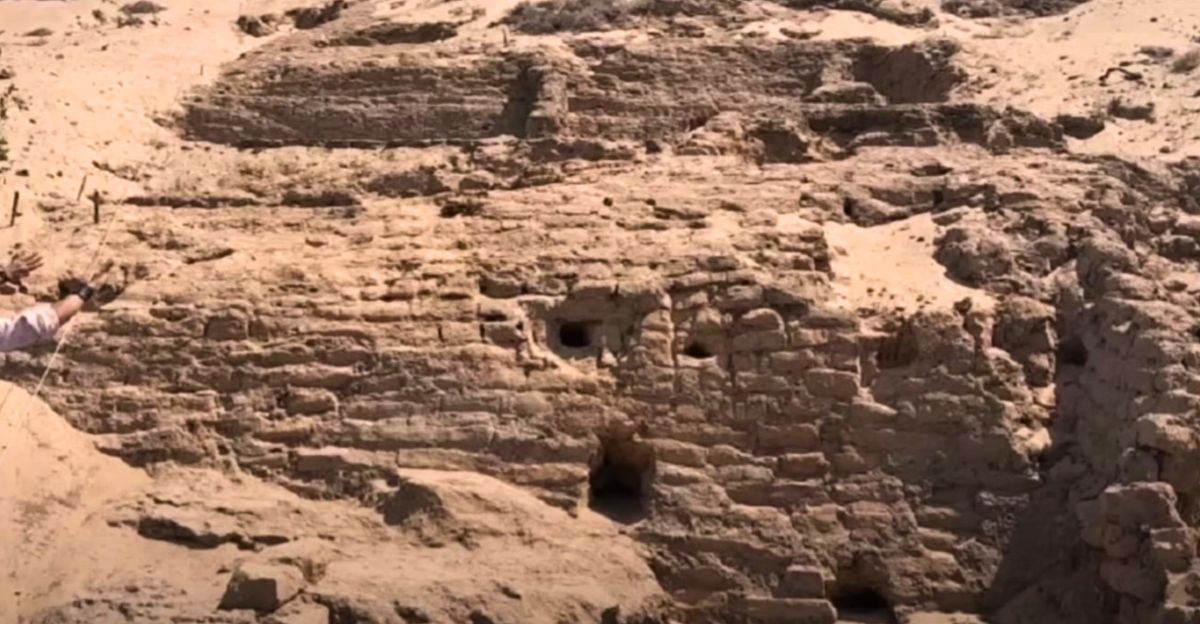
Ynoñán is an expert in the field of ancient South American cultures, but even he claims to be perplexed by the discovery. While it is clear that the site seems to be some kind of temple, the exact practices that went on here are still to be discovered.
The site is made up of solid walls and has an altar of sorts in the middle of it. Ynoñán claims that this altar was used for some kind of worship or ceremony and possibly in front of audiences.
Beautiful Details
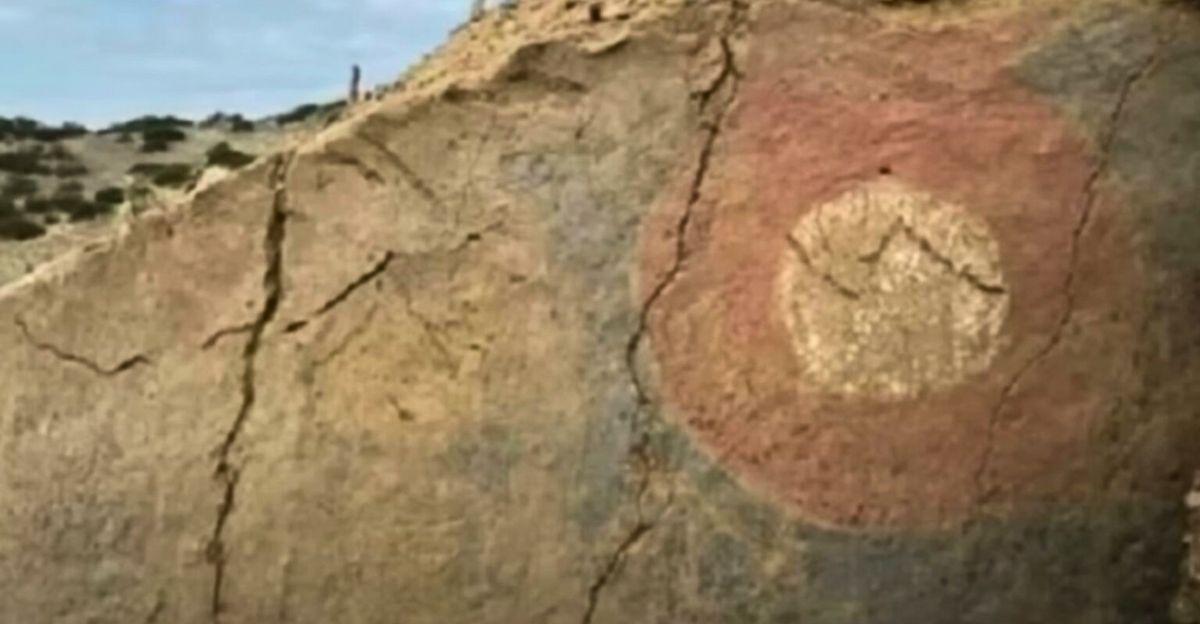
The site seems to have been kept in prestigious quality and most of the murals found on the walls are still easy to decipher. This makes the site an amazingly valuable find. The murals and engravings on the walls seem to depict things like cats, reptiles, and even a human body with the head of a bird.
Scientists are still trying to decipher the meaning of these symbols and find out whether they were tied to the religious practices or beliefs of this ancient culture.
Grizzly Find
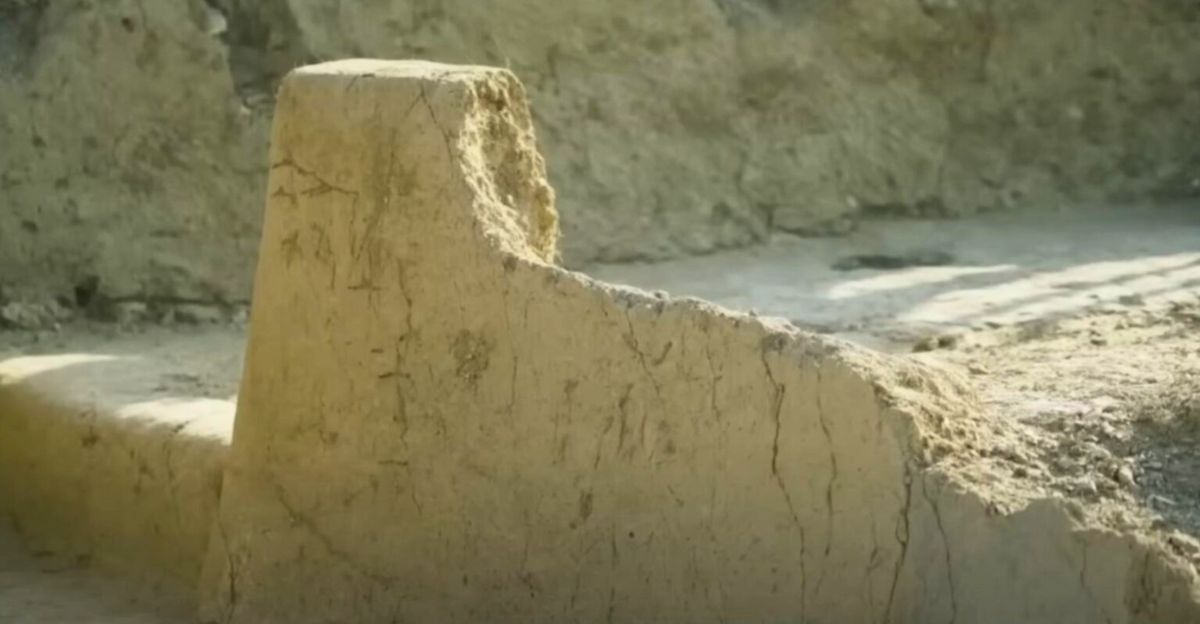
While the ancient friezes are beautiful and immaculately preserved, there were other, more gruesome things that the archeologists discovered. According to related articles on the find, the remains of three humans were also found in the temple.
While this may be highly disconcerting to us these days, the truth is that back then, human sacrifice was often considered the highest honor for a person within that culture. Scientists speculate as to whether these bodies were given as an offering, possibly to the ‘gods’.
Science in Process

According to archeologist Luis Muro Ynoñán, the team is busy getting ready to do radio-carbon testing on the site to help evaluate the age of the specimens that they’ve found so far. The tests are designed to test the age of the bodies that were found, but also the surrounding plaster that is contained on the walls of the site.
Having an idea of the exact age of the site will help scientists pinpoint more information about this mystical culture and help to unlock more information about it.
Archeological Hotspot
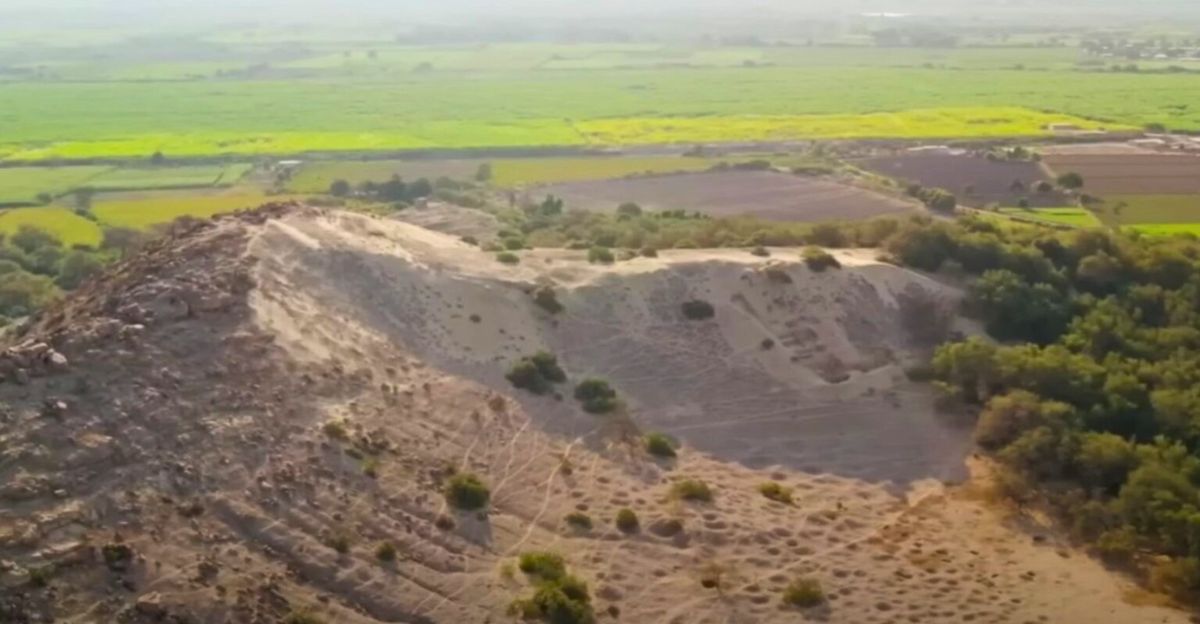
Ynoñán and his fellow archeologists have also managed to find another important site very close to this one. Apparently, the excavation found a site that belonged to the ancient Moche culture that arose roughly 1,400 years ago.
This has raised questions as to whether the site is some sort of ‘revered’ area for not only one, but many cultures. Carbon dating the site will help to shed more light on how old it was, and give archeologists the ability to gauge it in relation to other ancient cultures.
More than One Story
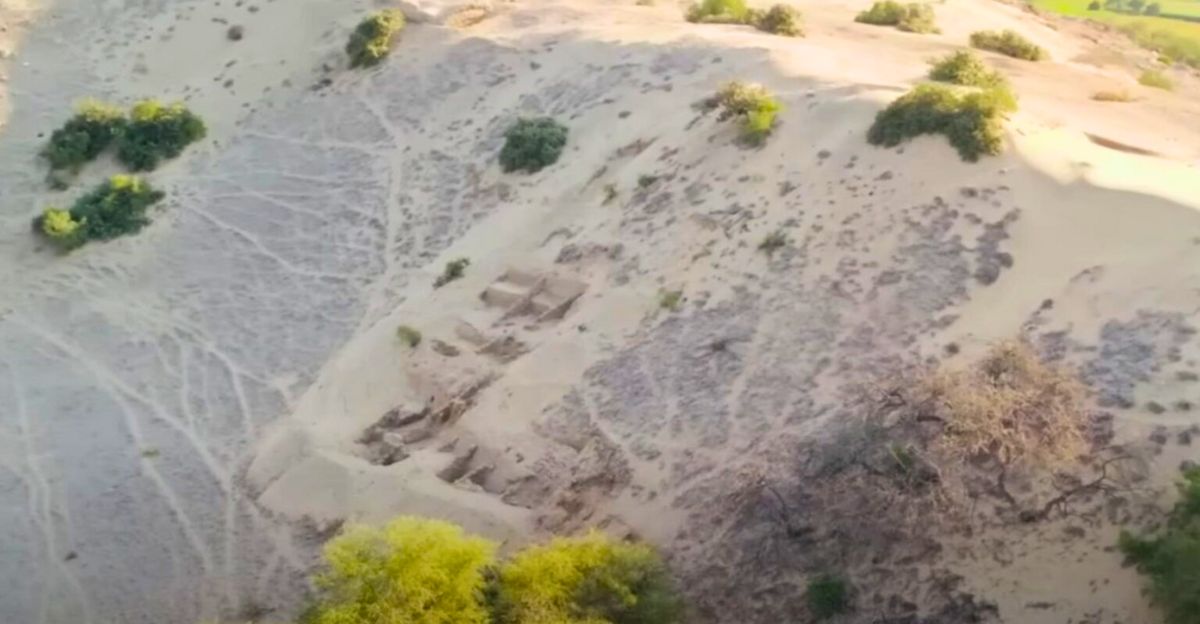
There are key hints about the site that possibly reveal it as being a multi-storied structure. This is an interesting find as it says a lot about the architecture of the culture. Multi-storied structures were quite difficult to achieve back then, so the fact that this one is a multi-storied structure sheds some light on their technological abilities at the time it was made.
The more archeologists uncover about this site, the more interesting it seems to get…
Still a Mystery
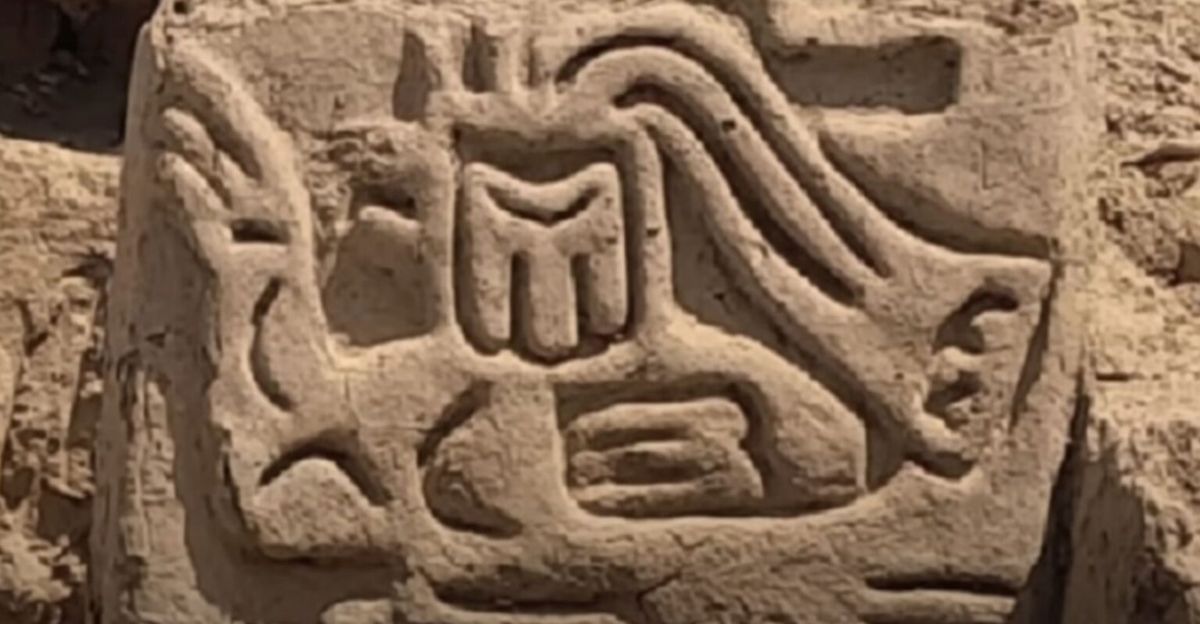
Despite uncovering as much information as they have about the find so far, the archeologists still don’t know the name of the culture that it belonged to. There are some speculations about which ancient civilizations it may belong to, but scientists are also open to the possibility that it may be a yet ‘undiscovered’ civilization that has yet to be documented before.
Finding a new ancient culture could be a really big find for the team, and shed more light on the history of Latin America.
Part of Something Bigger

According to Ynoñán, the site may not be as simple as it’s cracked up to be at first glance. He suggests that there’s a good possibility that the site is connected to a larger building and that it existed along the side of it. As the team keeps discovering more about the site via their dig, it has become apparent that it’s more of a mystery than a simple discovery.
Ancient Peru
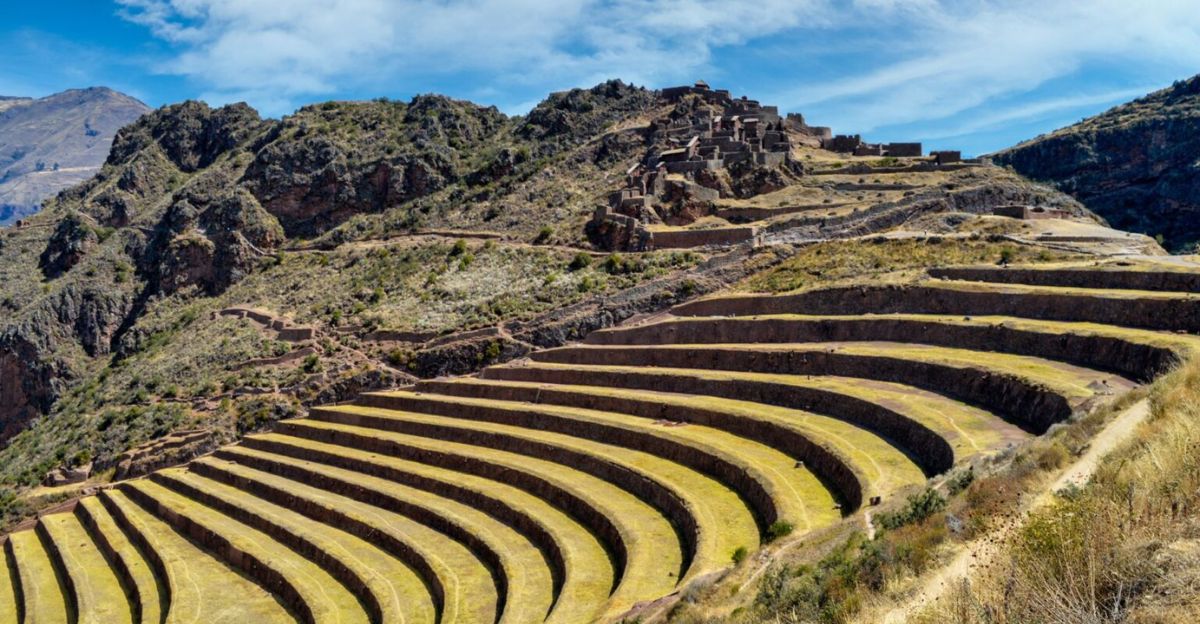
Ancient Peru is known for hosting a variety of different cultures, and some of the sites of these cultures have become world-renowned archeological sites in recent decades. The ancient Sacred City of Caral is also located in Peru and is thought to be around 5000 years old.
Peru is also home to the famous Nazca lines – strange lines in the desert that when viewed from air form a complex series of patterns. Some even depict animals and plants! But what does this discovery mean?
Ancient Religion
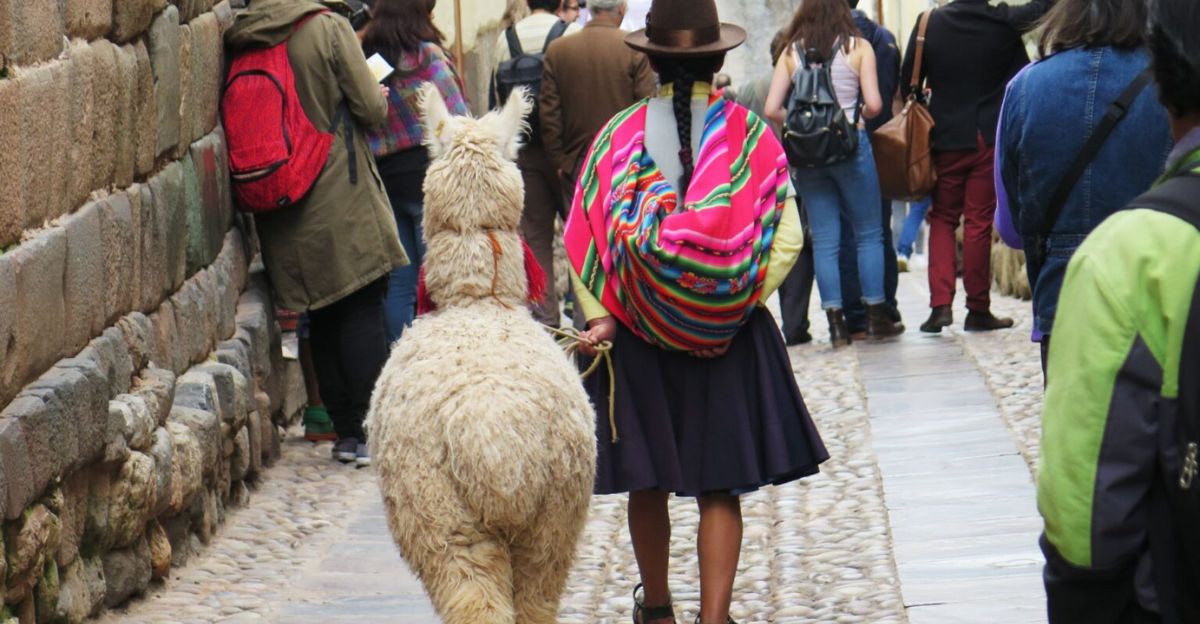
The way we understand an ancient culture is often through their writings, art, and religion. Finding out more about this site might help us get a clearer picture of what this ancient culture believed in and how they worshiped their god(s).
Finding out more about ancient cultures can often reveal a roadmap for how our modern civilization and culture got to where it did today. If you found this interesting, check out timelesstaleshq.com for more riveting stories!

